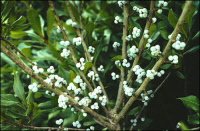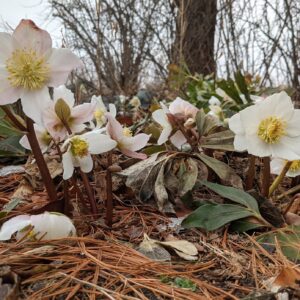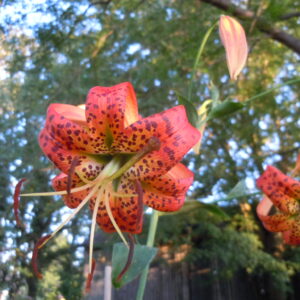Description
OUT OF STOCK
Purple to lavender flowers of sepals and stamens from July to August. Delicate-looking leaflets smaller than on most other Meadowrues. One of internationally known garden designer Piet Oudolf’s 100 “MUST HAVE” plants, Gardens Illustrated 94 (2013)





